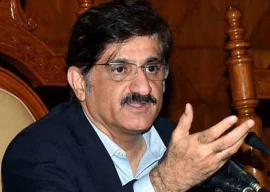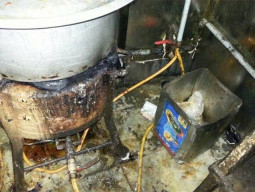
By late evening medical superintendent Dr Saeed Quraishy confirmed that a faulty underground cable was responsible for the problem but that it was fixed. “The issue was internal and caused by a fault in an underground cable but KESC has fixed it and all functions are back to normal,” he told The Express Tribune.
According to the hospital’s administration, there are about 11 generators which take the load of running critical functions at the public hospital.
The accident and emergency ward did not experience any major power outage, barring four or five momentary lapses as the connection switched from the utility supplier to the two generators hooked to the ward.
A doctor in the accident and emergency (A&E), who did not want to be named said, “Usually we experience momentary lapses in power once or twice a day. But on Wednesday it was at least four or five times. However, [the electricity] would come on almost immediately as we cannot afford long delays as some patients are critical.”
The A&E is connected to two generators on a jumper system which automatically switches over from one supply source to another in order to ensure there are no significant delays.
A few weeks back, the Jinnah Postgraduate Medical Centre (JPMC) experienced a similar problem with its power supply. However, the issue at JPMC took a nasty turn when four patients on the ventilator in the neurosurgical intensive care unit died during the 13-hour power shortage.
Published in The Express Tribune, September 29th, 2011.

















COMMENTS
Comments are moderated and generally will be posted if they are on-topic and not abusive.
For more information, please see our Comments FAQ